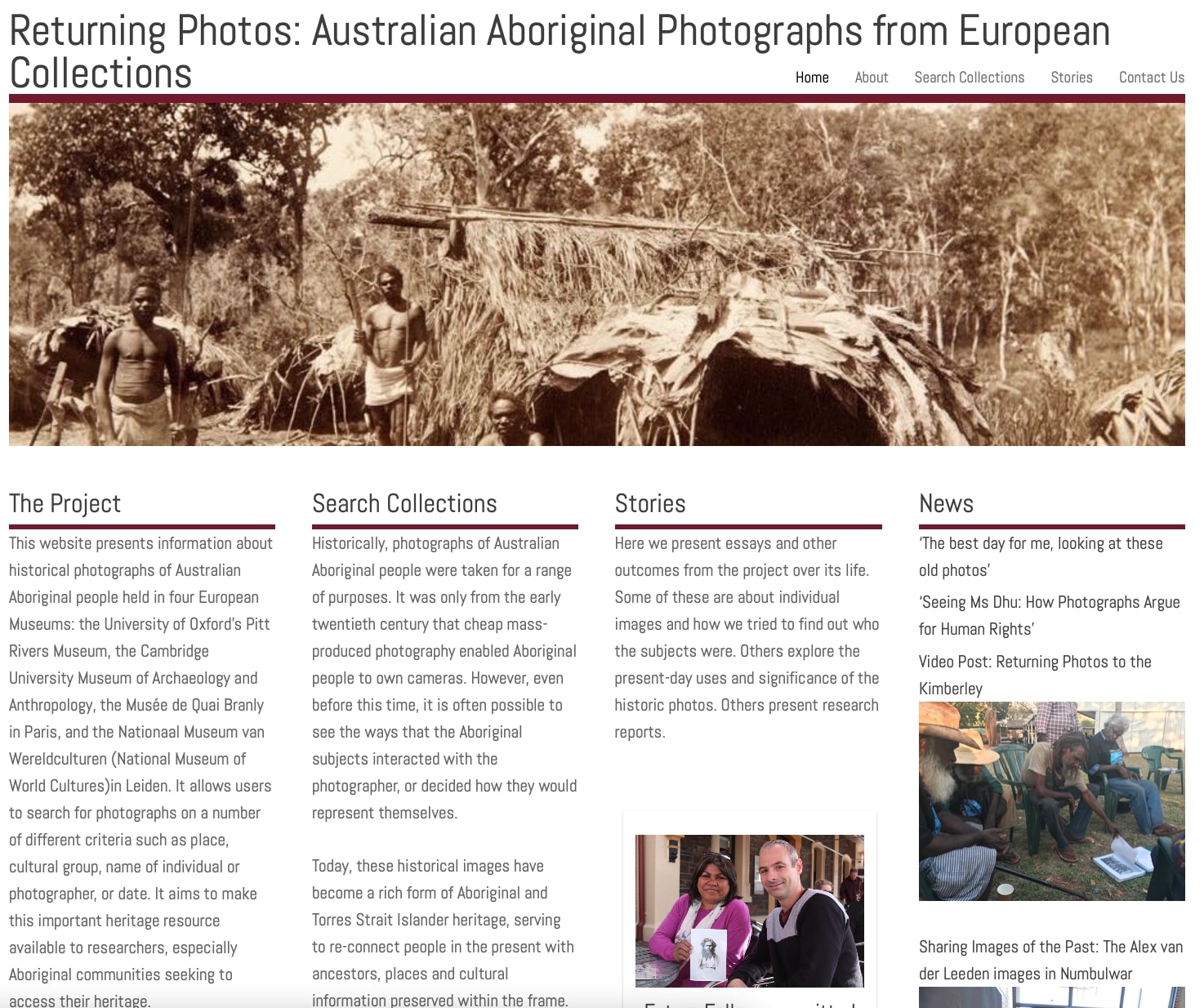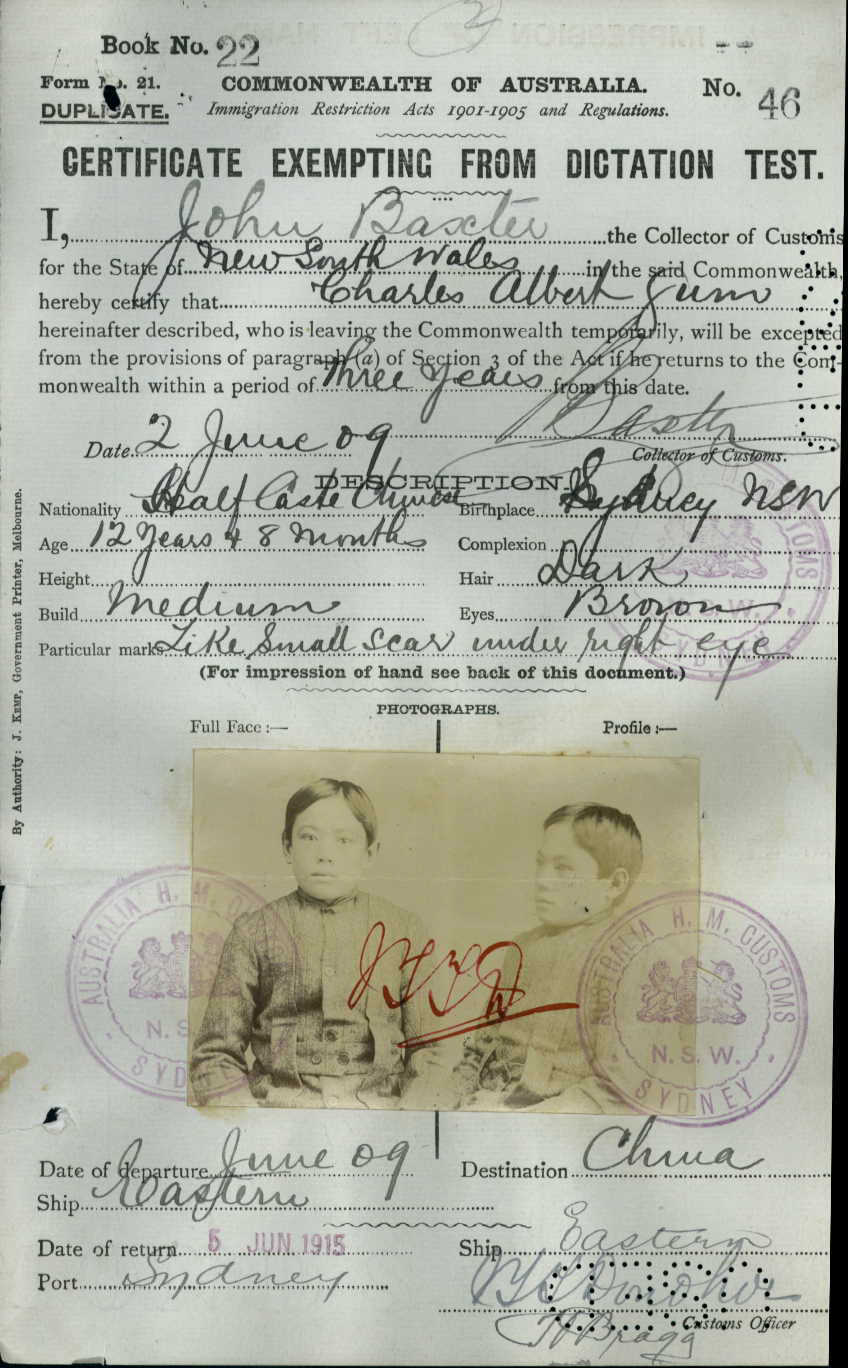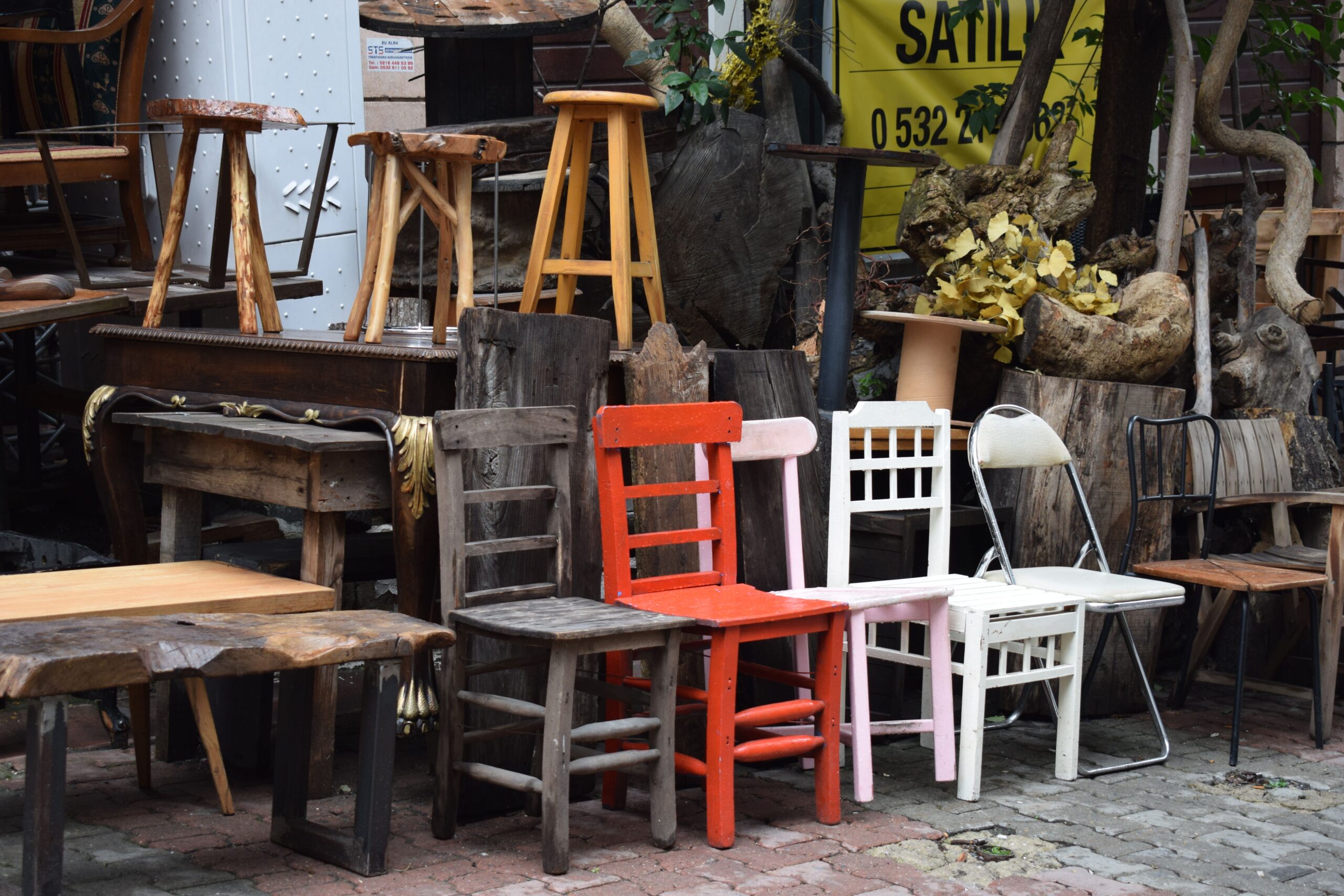RESOURCES
RECENT PUBLICATIONS
Tracy Ireland, Steve Brown, Kate Bagnall, Jane Lydon, Tim Sherratt & Sharon Veale (2024) Engaging the everyday: the concept and practice of ‘everyday heritage’. International Journal of Heritage Studies, DOI: 10.1080/13527258.2024.2417066
Steve Brown (2024) Of tuna, godzilla, and the Daigo Fukuryu Maru (Lucky Dragon # 5): nuclear entanglements, a ‘way-sign to peace’, and shifting heritage engagements. International Journal of Heritage Studies, vol. 30, no. 9, pp. 1120-1135. DOI: 10.1080/13527258.2024.2370414
Tracy Ireland (2024) Everything, everywhere, everyday: The
undisciplining of archaeology and heritage. Australian Archaeology, vol. 90, no. 1, pp. 50-52. DOI: 10.1080/03122417.2024.2317541
Tim Sherratt (2024) Trove Data Guide, Australian Research Data Commons, https://tdg.glam-workbench.net/home.html
BACKGROUND READINGS
Tracy Ireland, Steve Brown & John Scholfield (2020) Situating (in)significance. International Journal of Heritage Studies, vol. 26, no. 9, pp. 826–844. DOI: 10.1080/13527258.2020.1755882
Tracy Ireland, Claire Smith & Kellie Pollard (2021) Case Study X: James Cook through Indigenous eyes. in Contested Histories in Public Spaces: Principles, Processes, Best Practices. London: International Bar Association, pp.249–276.
Siân Jones (2017) Wrestling with the social value of heritage: problems, dilemmas and opportunities. Journal of Community Archaeology & Heritage, vol. 4, no. 1, pp. 21–37. DOI: 10.1080/20518196.2016.1193996
Kate Bagnall (2020) How do you trace a family history when the births of girls aren’t even recorded? Breakfast with Ryk Goddard, ABC Radio Hobart, Hobart, Tasmania, 13 February, [Media Interview].
Kate Bagnall (2011) Rewriting the history of Chinese families in nineteenth-century Australia. Australian Historical Studies, vol. 42, no. 1, pp. 62–77. DOI: 10.1080/1031461X.2010.538419
Kate Bagnall and Tim Sherratt (2021) Missing links: data stories from the archive of British settler colonial citizenship. Journal of World History, vol. 32, no. 2, pp. 281–300. DOI: 10.1353/jwh.2021.0025
Sherratt, Tim (2021, October 14). A GLAM Workbench for humanities researchers. eResearch Australasia 2021, Zenodo, [Presentation]. DOI: 10.5281/zenodo.5579845
Steve Brown (2016) Experiencing place: an auto-ethnography on digging and belonging. Public History Review, vol. 23, pp. 9–24. DOI: 10.5130/phrj.v23i0.5327
Jane Lydon (2014) (editor) Calling the Shots: Aboriginal Photographies. Canberra: Aboriginal Studies Press.
Jane Lydon (2012) The Flash of Recognition: Photography and the emergence of Indigenous rights. Sydney: New South Books.
Jane Lydon (2021) Reorienting Australian studies? Remaking Australia from the west. Journal of Australian Studies, vol. 45, no. 2, pp. 131-151. DOI: 10.1080/14443058.2021.1910539
Cristina Garduño Freeman (2020), In the eye of the beholder. Architectural Design, vol. 90, issue 4, pp. 88–93. DOI: 10.1002/ad.2595
Laura McAtackney (2022) A suitable place to remember? Derelict Magdalen laundries as possible sites of conscience in contemporary Ireland. Space and Culture, vol. 25, no. 2, pp. 266–281. DOI: 10.1177/12063312211065560
Sharon Veale (2001) Remembering Country: history and memories of Towarri National Park. Hurstville: NSW National Parks and Wildlife Service.
Ursula K. Frederick & Tracy Ireland (2019) ‘Last Drinks at the Hibernian’: practice-led research into art and archaeology. Australian Archaeology, vol. 85, no. 3, pp. 279–294. DOI: 10.1080/03122417.2020.1749482
Charlotte Feakins (2019) Buffalo shooting in the ‘wild’ north: the hidden heritage of Kakadu National Park. Historic Environment, vol. 31, no. 1, pp. 10–26.
SYMPOSIUM: DIFFICULT CONVERSATIONS
What role can the arts and creativity play in navigating unresolved concerns, ongoing debates and controversial questions for our communities?
Exploring complex topics, from reconciliation and truth-telling in the context of colonialism to polarising social or political issues, this symposium will feature exchanges between leading artists and researchers from Australia and Northern Ireland about difficult conversations we, as a globally connected society, need to have today.
HERITAGE OF THE AIR
Heritage of the Air is a three year Australian Research Council Linkage project that investigates how aviation has transformed Australian society over the last 100 years. In the lead up to Australia’s centenary of civil aviation, our focus is on people rather than planes and we seek to tell the broader story of diverse Australian communities and aviation. The project aims to engage with the public’s enduring fascination with aviation through innovative analyses and interpretation of little known aviation heritage collections, to produce exciting exhibitions, accessible digital collections and heritage resources, as well as scholarly publications.
RETURNING PHOTOS: AUSTRALIAN ABORIGINAL PHOTOGRAPHS FROM EUROPEAN COLLECTIONS
This website presents information about historical photographs of Australian Aboriginal people held in four European Museums: the University of Oxford’s Pitt Rivers Museum, the Cambridge University Museum of Archaeology and Anthropology, the Musée de Quai Branly in Paris, and the Nationaal Museum van Wereldculturen (National Museum of World Cultures) in Leiden. It aims to make this important heritage resource available to researchers, especially Aboriginal communities seeking to research their heritage.

Wesbite Screenshot – Returining Photos: Australian Aboriginal Photographs from European Collections, 11/01/2023
GLAM WORKBENCH
Here you’ll find a collection of tools, tutorials, examples, and hacks to help you work with data from galleries, libraries, archives, and museums (the GLAM sector). The primary focus is Australia and New Zealand, but new collections are being added all the time.

THE REAL FACE OF WHITE AUSTRALIA
In the early twentieth century Australia defined itself as a white man’s country, yet the reality was something different. As well as Indigenous Australians, there were many thousands of non-Europeans, including Chinese, Japanese, Indians, Afghans, Syrians and Malays. Because of the colour of their skin and the homelands of their forebears, these men, women and children found themselves at odds with the nation’s claim to be white. They faced discriminatory laws and policies designed to deny them their place as Australians. As a result, there are extensive government records documenting their lives. This project aims to make people more aware of these records and this history, revealing the real face of White Australia.

Charlie Show’s Certificate Exempting from Dictation Test
NAA: ST84/1, 1909/22/41-50



